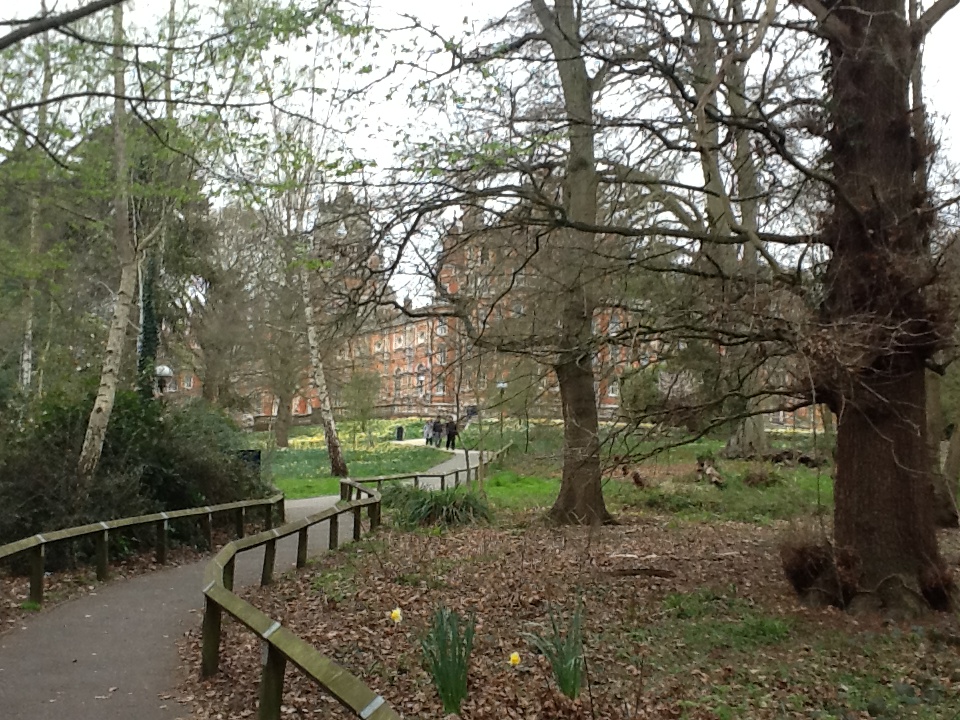I’ll never forget my first Batten disease conference.
I was 25 that summer, still young and naive and supremely confident. My sister, not quite 9, had some of her vision and legs that worked and a smile that could light up a room. She could talk and sing and she didn’t have seizures. We’d known about her illness for almost a year, but I just couldn’t picture her getting as sick as the kids whose photos I’d seen on the Batten association site. continue reading →

